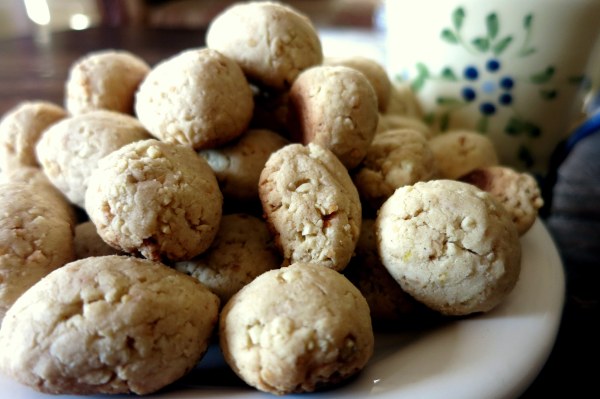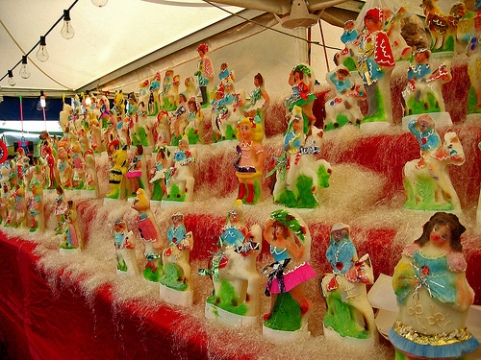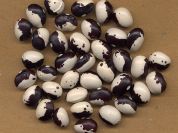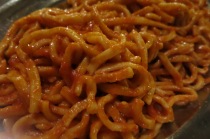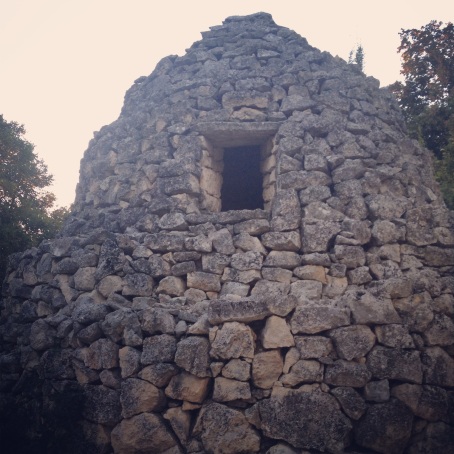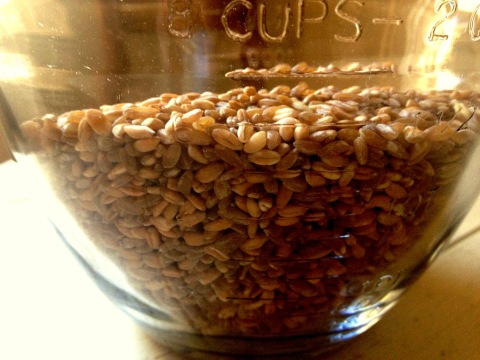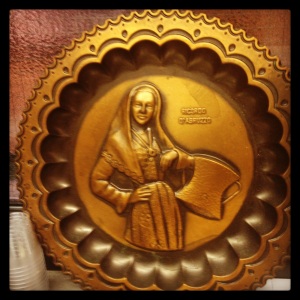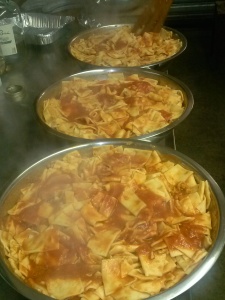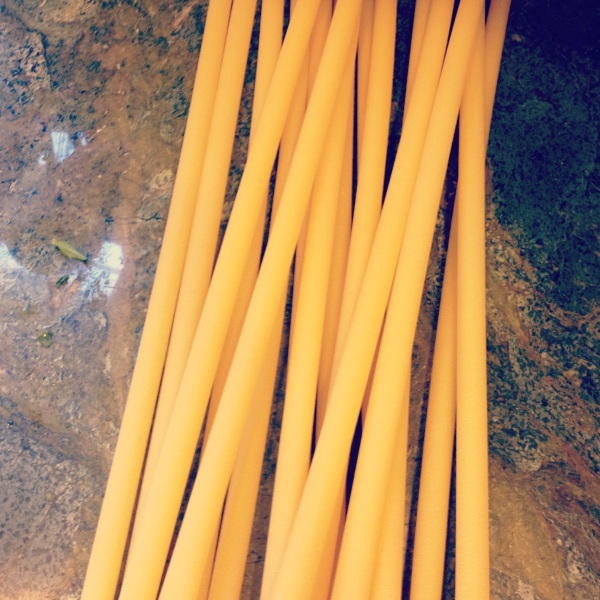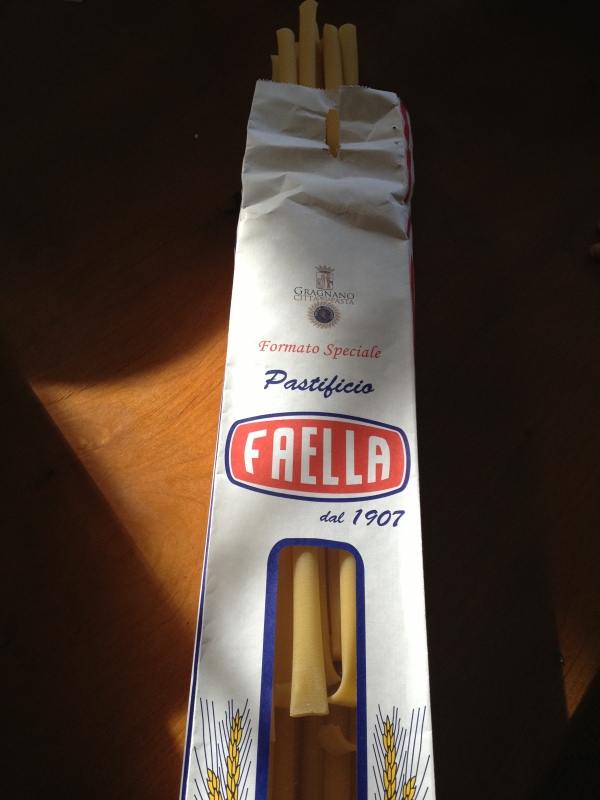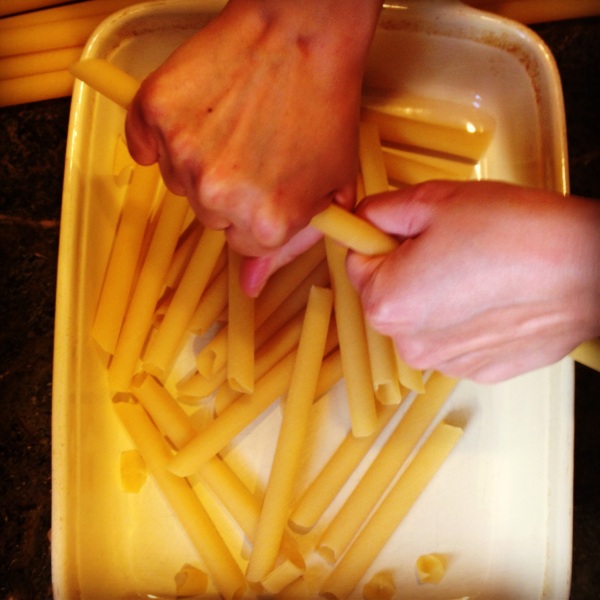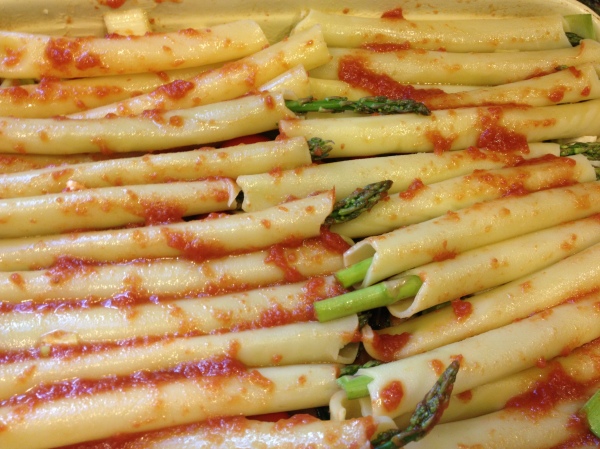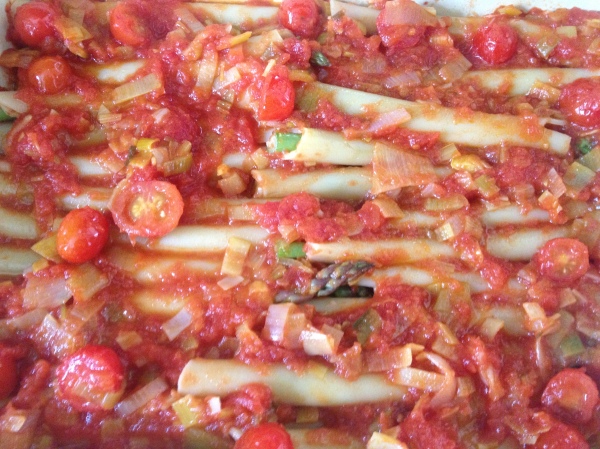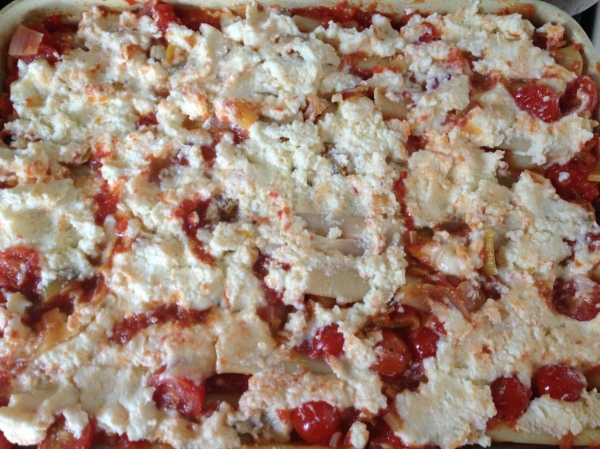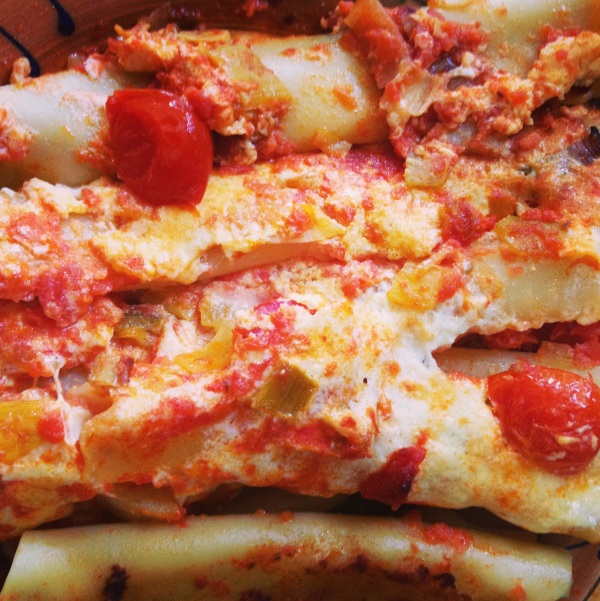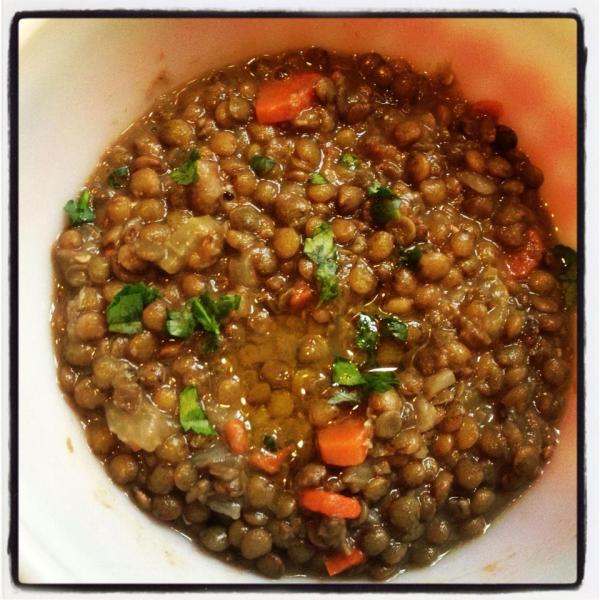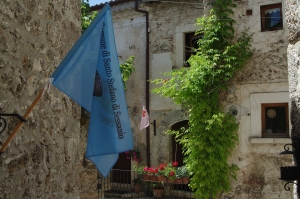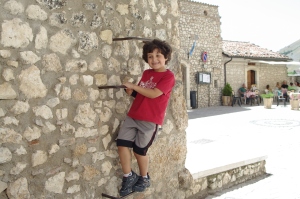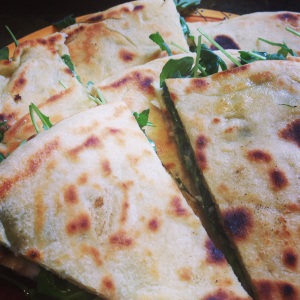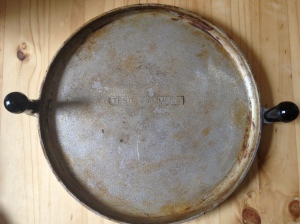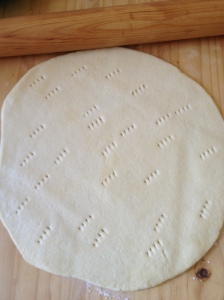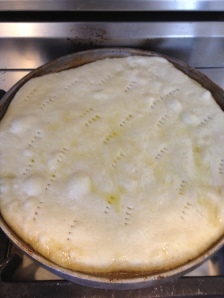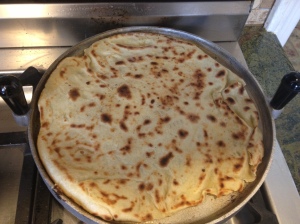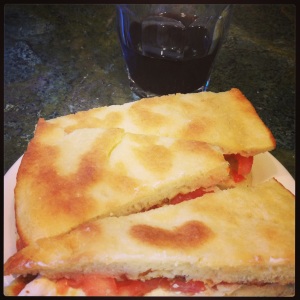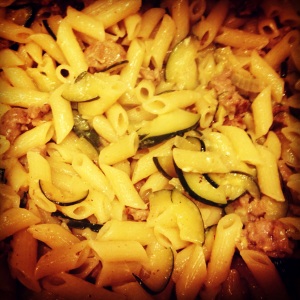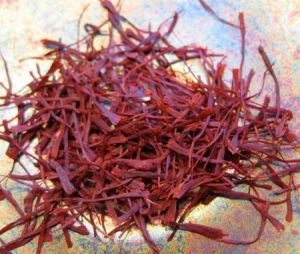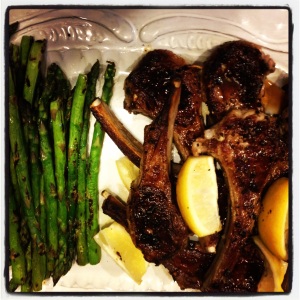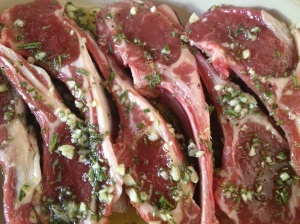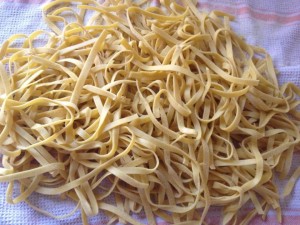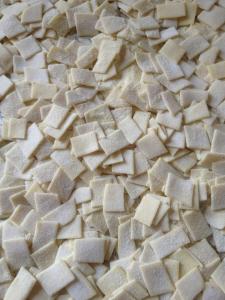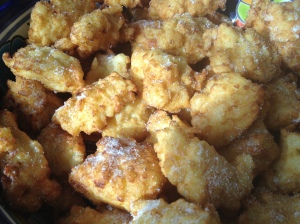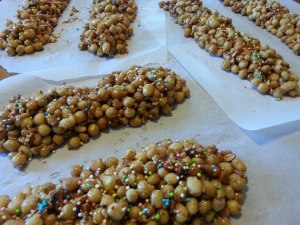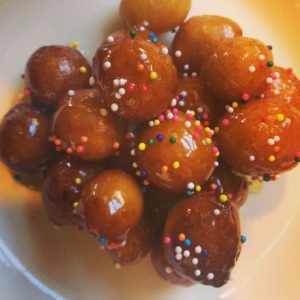When my parents were growing up in Italy, there was no such thing as Halloween. The goblins, ghouls and jack o’lanterns arrived in Italy relatively recently via mass media and the spread of American pop culture. For my parents, there was instead La Festa di Ognissanti (All Saints Day) on November 1st and La Festa dei Morti (All Souls Day) on November 2nd.
Yesterday, when I asked my mom what she remembered about these feast days, she gasped with delight. Her eyes sparkled and for a moment, she was a little girl in Sicily again. She told me that on the morning of i Morti, children would wake up to trays of intricate and colorful candy bambolette (dolls) and cavallucci (horses) called Pupi di Zucchero as well as lifelike marzipan frutta di martorana.
Legend has it that on the night of Ognissanti, the dead come down from heaven to deliver gifts and treats to the loved ones they left behind. In the same spirit of La Befana, Santa Claus or the Easter Bunny, children are promised that if they dutifully respect their elders and pray for their departed relatives all year long, i morti will reward them. When my Zia Nina, my mom’s older cousin and godmother, became engaged, her future in-laws presented her with gifts on All Souls Day,and as the youngest of the family, my mom received a Pupo with a little gold chain around its neck….a way of saying “welcome to the family” from the other-world.
While I would love to share my very own recipe for these extraordinary Sicilian confections, I simply don’t possess the requisite artistry. Instead, here’s a recipe for fave dei morti – fava beans of the dead – a chewy, little almond cookie prepared for All Souls Day throughout much of Italy.
Wishing you all a happy week of feasting!
Fave dei Morti
Recipe by Majella Home Cooking ©
Makes approx. 72 bite-sized cookies
- 2 cups whole almonds, blanched and toasted
- 1/4 cup pine nuts
- 1 cup unbleached all-purpose flour
- 1 teaspoon of ground cinnamon
- 1 1/4 cup confectioner’s sugar
- 1 large egg plus 2 egg yolks
- Zest of a small lemon
- 1 tablespoon of grappa
Preheat your oven to 350 degrees and position racks in the upper two thirds. Prepare two cookie sheets with parchment paper or silicone liners.
To the bowl of a food processor, add the almonds and pulse until they’re the consistency of almond meal (or slightly coarser if you prefer a bit of crunch in your cookie as I do. It’s best to err on the side of a coarser consistency – if you grind them for too long and the machine becomes too hot, the nuts will release their natural oils and become almond butter.) Transfer the almonds to a bowl, repeat with the pine nuts and set them aside.
In a separate bowl or fluted measuring cup, lightly beat the egg, yolks, lemon zest and grappa together and set aside.
In a separate large bowl, combine the flour, almonds and cinnamon and sift the confectioner’s sugar into the mixture. Add the chopped pine nuts and combine the dry ingredients, forming a well in the center. Pour the egg mixture into the center of the well and work the mixture with your hands until a compact and malleable dough forms.
Working in batches, cut a piece of the dough, and with your hands, roll it into a thick rope. Working quickly so that the dough doesn’t dry out, cut the rope of dough into ¾-inch pieces and roll each piece of dough into a ball. Gently flatten the ball of dough so that it takes on a slightly oval shape (like a fava bean). Place the ovals, one inch apart, onto the cookie sheets. Repeat until you’ve shaped all of your cookie dough.
Bake cookies for 10 minutes, until slightly golden and cracked on top. Allow to cool for 15 minutes. Buon appetito!

